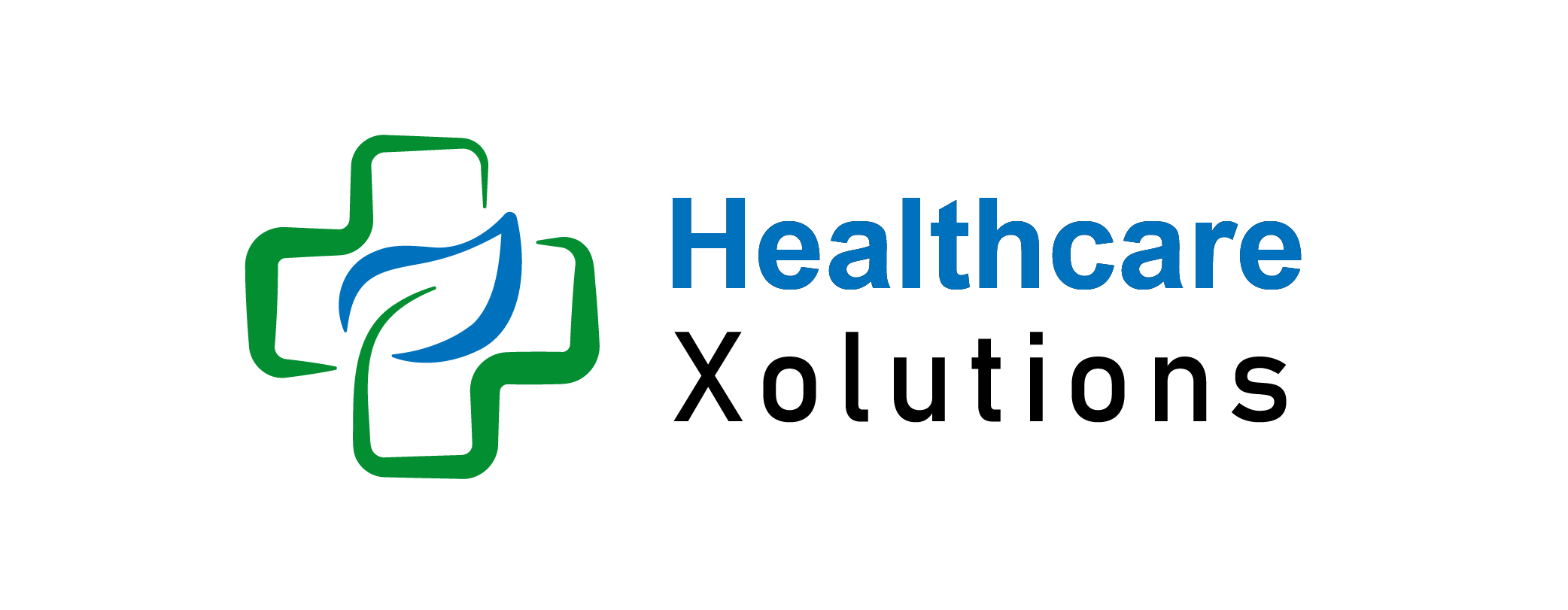How To Use Dental Insurance For Emergency Care | Complete Guide

Dental emergencies don’t come with a warning. Whether it’s an unbearable toothache in the middle of the night, a broken crown, or a knocked-out tooth from an accident, immediate care is often necessary. However, emergency dental procedures can be expensive especially if you’re unsure how to properly use your insurance benefits. The good news? Most dental insurance plans include emergency coverage. But the key to avoiding unnecessary out-of-pocket expenses lies in knowing what’s covered, how to file claims, and what steps to take during a crisis.
This complete guide breaks down everything you need to use dental insurance for emergency care so you’re prepared when the unexpected strikes.
Key Takeaways:
- Most dental plans offer some form of emergency coverage.
- Choose in-network dentists to minimize your expenses.
- File claims promptly and keep all related documents.
- Understand exclusions and waiting periods in your policy.
Table of Contents
What Qualifies As a Dental Emergency?
Dental emergencies typically involve sudden, severe issues needing immediate attention to relieve pain, prevent infection, or save a tooth. These include:
- Intense toothache or swelling
- Knocked-out or fractured tooth
- Bleeding from the mouth that won’t stop
- Broken crowns or lost fillings causing pain
- Infections, abscesses, or facial swelling
If you experience any of the above, don’t delay seeking urgent dental care.
Does Dental Insurance Cover Emergency Care?
Yes, most plans cover emergency dental care, though the extent varies. Emergency services may fall under basic or major services, which could involve deductibles, waiting periods, or co-pays.
Types of insurance that typically include emergency care:
- PPO (Preferred Provider Organization)
- HMO (Health Maintenance Organization)
- Indemnity plans
Always consult your plan’s documentation or EOB to confirm coverage.
Steps To Take During a Dental Emergency:
- Call your dentist immediately.
- Use your insurer’s provider directory to locate in-network emergency providers.
- Inform the dental office about your insurance coverage upfront.
- Request a treatment estimate to understand potential costs.
- Save all documentation for claim submission or reimbursement.
In-Network vs. Out-of-Network Coverage:
- In-network: Lower out-of-pocket costs due to negotiated rates.
- Out-of-network: Higher charges, but many plans reimburse for true emergencies.
Even if you visit an out-of-network provider during an emergency, call your insurer later to check for exceptions or reimbursements.
How To File An Emergency Dental Claim?
If the dental office doesn’t file your claim, follow these steps:
- Get an itemized receipt from the clinic.
- Download and fill out the claim form from your insurer’s website.
- Attach relevant files: X-rays, receipts, and dentist notes.
- Submit via online portal or mail.
- Track the claim until resolved (typically 7–30 days).
Tips To Maximize Your Dental Insurance Benefits:
- Know your annual coverage limit to plan better.
- Use FSA or HSA funds for costs not covered by insurance.
- Request pre-authorization when time allows.
- Don’t skip preventive care; it’s your best defense against emergencies.
When Dental Insurance May Not Cover Emergencies?
Your plan might deny coverage if:
- The issue is cosmetic in nature.
- The treatment is experimental.
- You haven’t completed a waiting period.
- It’s a pre-existing condition.
- Care is outside your plan’s geographic coverage.
Always read your policy’s exclusions to avoid surprise bills.
What If You Don’t Have Dental Insurance?
No insurance? You still have options:
- Dental discount plans (instant savings)
- Payment plans from dental clinics
- Community clinics offering low-cost services
- Dental schools with supervised, affordable care.
Being proactive can save both your smile and your wallet.
Conclusion – How To Use Dental Insurance For Emergency Care:
Navigating emergency dental care is much easier when you understand your insurance policy. From recognizing what qualifies as an emergency to filing claims correctly and choosing the right provider, each step plays a vital role in reducing your stress and costs. Don’t wait until a dental crisis happens, be prepared, stay informed, and make your insurance work for you when it matters most.
FAQs:
Does dental insurance cover ER visits for tooth pain?
Not directly. ERs may help with pain relief, but actual dental treatment typically isn’t covered under medical insurance. Use your dental plan for follow-up care.
Can I see any dentist in an emergency?
Yes, but out-of-network dentists may cost more. Many plans reimburse for out-of-network emergency care check with your provider.
How long does it take to get reimbursed for emergency care?
If you submit all required documents correctly, reimbursement usually takes 1 to 4 weeks.
Are follow-up treatments after an emergency covered?
It depends on your plan. Some cover them as part of the emergency care; others may treat follow-up visits separately.
